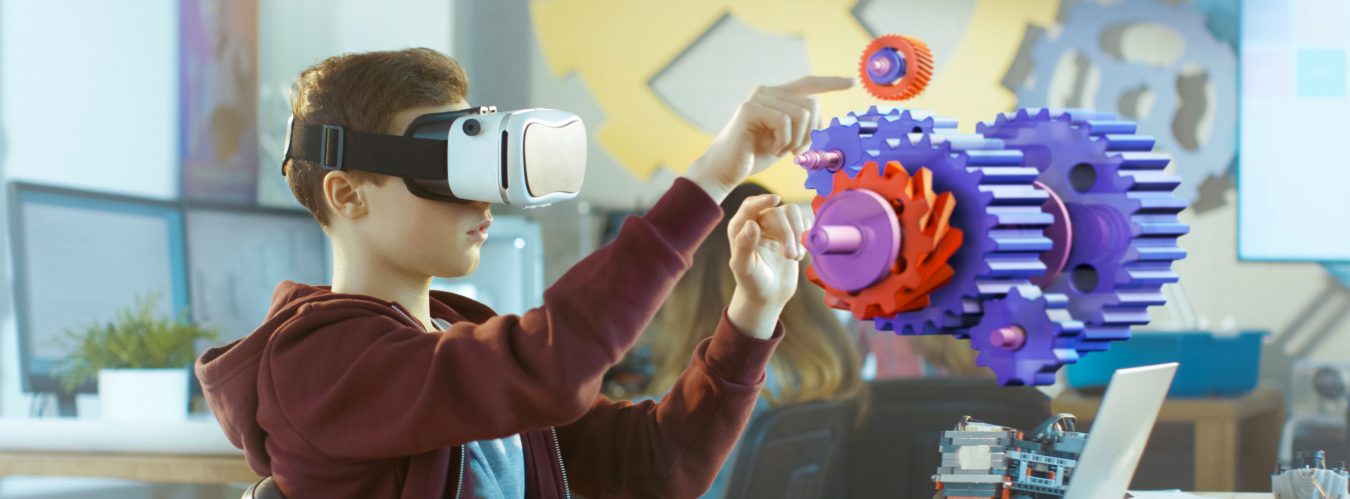Recently, Luke met with Dr Emma Palmer-Cooper, Lecturer in Psychology, Faculty of Environmental and Life Sciences to explore how digital accessibility has been improved in their teaching content.
This interview is the final in a series of three, in which the digital learning team has sought the academic experiences of improving digital accessibility in a variety of subjects. The first interview and the second interview are available on the digital learning blog. Book a 1-2-1 with Luke Searle to learn how to improve the accessibility of your learning content.
What does accessibility mean to you?
To me, accessibility means students can access learning content and navigate the learning environment without barriers. It should be easy for students to do this. This ideology has been with me throughout my career as we do primarily share learning content through digital platforms.
How did you discover the Ally tool on Blackboard?
During the summer I was invited to work with the digital learning team’s student interns, the Accessibility Allies. They worked with my content to make it more accessible. After which we had a great meeting and I learned how I could make these changes to my own content. It was a lot easier than I thought it would be.
After I had made my changes, Luke presented to our school to show us how to use Blackboard Ally, this was useful, as I could sense check my work with the recommended methods. This was very useful as I learned more about how the students are accessing the alternative formats which are produced using Blackboard Ally.
What is your strategy for making content accessible?
- Check the current module score using the Blackboard Accessibility summary.
- Reach out to the digital learning team to ask for support.
- Referencing research papers using Blackboard Ally.
It was super easy to get to grips with what is accessible and what is not, thanks to the accessible file indicators. I kept repeating my own mantra that, green is good! I cannot take all the credit. The guidance contained within the tool is fantastic, I simply followed the guidance and saw improvements in my course.
What is an accessibility challenge you have overcome?
I had previously been using PDF handouts of my presentation’s slides, I did not know that these were inaccessible, instead, I now upload the presentation slides in their original format to Blackboard. This saves me a job, and if students want handouts, they can be prepared from the original source.
Also, it is useful to know that you can remove all the speaker notes in your presentations using the document inspector function. This way I can prepare handouts for my students with spaces for their own notes alongside the presentation with speaker notes which are already available on Blackboard.
What are your next steps with your content design?
My next steps are to continue to regularly check my content as it is uploaded to Blackboard. I typically use the Microsoft accessibility checker to do this. Also, I am committed to ensuring that all modules I teach are accessible rather than only focusing on modules where I am the lead.
Dr Emma Palmer-Cooper, School of Psychology, Faculty of Environmental and Life Sciences
Support is available to help you improve the digital accessibility of your learning content.



